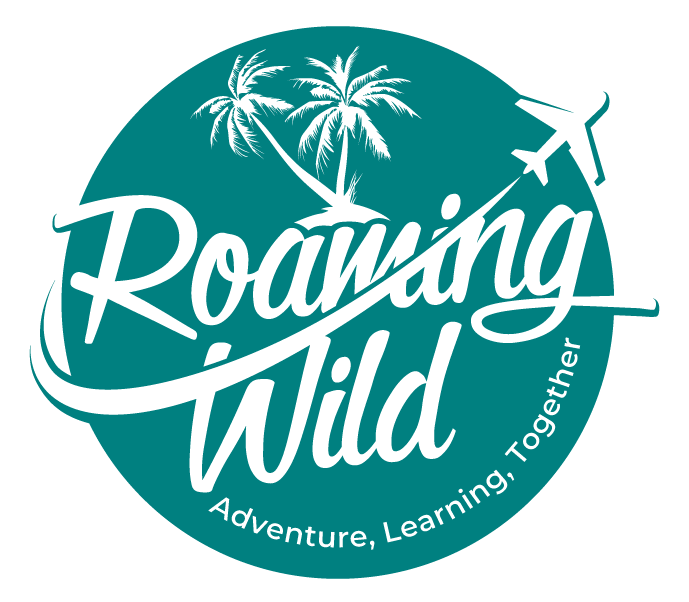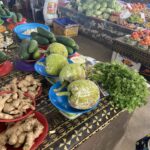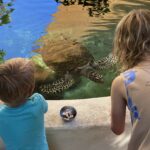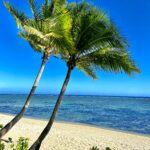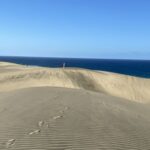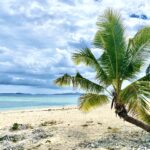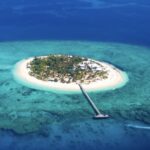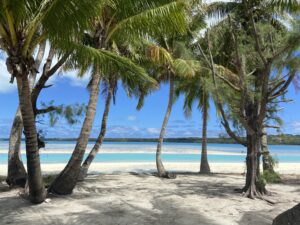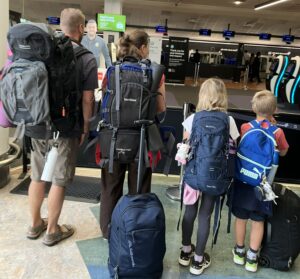September 2023
Bula!,……. Bula!,……Bula!….Sofia and Alex repeatedly screamed out of their windows as we drove past locals by the side of the road. “Bula” is hello in Fijian and it usually comes with an infectious smile and clearly it had rubbed off onto Sofia and Alex who now wanted to return the friendliness by bula’ing back to the unsuspecting villagers as we passed them by.
And so it was, that after a 6 year break, we found ourselves back on a South Pacific holiday. This time, a week in Fiji.
Fiji is home to more than 300 islands, the majority of which are uninhabited and many of which are just tiny jewels scattered across the vast South Pacific ocean.
As with many cultures in this part of the world, Fiji fell under British rule in 1874, which lasted 96 years until independence was gained. As the Brit’s built their empire, Fijian sugar cane was their prize and an indenture system took place from 1879 bringing a vast number of Indians from the empire to work. Clearly many decided that being under British rule surrounded by smiles, lagoons and palm trees was better than heading back home, and they stayed. Of Todays population, approx 35% is of Indian descent.
The native Fijians themselves are believed to descent from Melanesians, primarily from the region of modern day Papua New Guinea, hence why Fijians look different to other Polynesian Islanders. However they all share the same skill – how to open a coconut workout smashing the shit out of it and all the water spilling out. Something me and the kids couldn’t master.
This mix of cultures brings a rich diversity in the country’s language, culture and food.
Viti Levu, a mountainous lush green tropical paradise surrounded by reefs, lagoons and sandy beaches, is the largest island and where we spent most of our time. It is also home to kamikaze frogs, friendly stray dogs and plenty of Nemo fish.
There’s one main ring road that circles the entire island but as we only had a week, we focused on the western part of the island, at least to give a reprieve to the rest of the island from being bula’d from our rear car windows.
The coral coast is located on the south western part of the island and is called so because, well, it’s on the coast, and there’s coral reef surrounding the shore. Genius.
And what does coral in the sea eventually become?…..it becomes comes dead coral washed up on the shore. And what does dead coral washed up the shore become?…..It finds its way, with the help of an enthusiastic 7 and 4 year old, into hotel pillows, fridges, sinks, toilets and even socks.
Theres a number of medium to high end resorts along this stretch of coast as well as some slightly run down places. Ours of course, fell under the latter category.
Although with the luxury of frogs greeting us home by our front door each night, a pool that never looked clean, and a bar that didn’t open, it was perfect.
And so our first few days were spent exploring the local area – beaches, markets and restaurants. Sofia got to feed a turtle at Kula adventure park, while i held a snake and Alex decided the best part was to talk to a seriously dated giant mechanical model of a talking iguana.
Sigatoka sand dunes were rated as a must-do on most websites we researched and to be fair they did not disappoint. A calf-burning 45 degree angle,100 metre climb to the top gave rewarding views across the coast and towards the interior mountains. Getting back down was a fun series of Neil Armstrong leaps or a dizzy mind spinning roll that clogged every orifice with sand. Kids took the latter option.
With sand still trapped in our ears and god knows where else, we headed off the next day to Natadola beach. It’s fair to say that whilst some beaches on Viti Levu are nice, they are not the idyllic turquoise water with white sand beaches most would associate with the South Pacific. Natadola beach came close. A stunning bay with crystal clear warm turquoise water and beautiful sand, it’s no wonder that Intercontinental has grabbed most of the land here and plonked it’s gigantic hotel right on the beach. A day pass costing $45FJD is required just to enter the hotel although somehow we slipped their security and had a good look around, to get a taste of what a clean pool looks like.
Nadi (pronounced Nandi, they have a weird thing going on with the letter N in the middle of words in Fiji) is the gateway to the country via its international airport.
After 4 days on the coral coast, we drove up to spend 3 days on Wailoaloa beach, just outside of Nadi. We had heard that the beach on this part of the island wasn’t up to much, the water being an unattractive grey. Having grown up in the UK and the plethora of grey beaches, I felt pretty much at home. Except it was much warmer and there were no socks with sandals in sight.
Denerau island, just a few Km along from Nadi, isn’t much of an island as such, it’s just divided to the main island by a small creek connected by a short bridge. Built in the late 90’s/early 2000’s, on reclaimed marsh land, today it is home to a range of high end massive resorts. A purpose built marina with a multitude of restaurants, bars, shops, there’s little reason to leave for those staying here. Especially when you’ve spent $1000NZD a night.
Port Denerau, is the gateway to a number of Fiji’s outer islands and is a hub of activity for ferries, catamarans, cruise ships as business contest for tourists money to take them to their true idyllic South Pacific tropical island paradise. Tom Hanks movie Castaway was filmed on one of these islands.
Wilson is still floating out there somewhere.
We done our best to keep Fiji tourism in business by paying through the nose for a half day trip to Malamala island. It didn’t disappoint.
With a bar, restaurant and infinity pool, crystal clear waters, and plenty of palm fringed sandy beach to chill out on, this tiny island takes just 7 minutes to walk around. We kicked back for 5 hours lapping up the sheer beauty of the place. The entertainment for the day was watching the kids attempt to get into a hammock and stay in it.
After a week our time was up, but not before we were treated to a spectacular tropical storm with fork lightening lighting up the night skies. And with the rain, came the frogs. Hundreds of frogs all over the back roads and around our hotel pathways, much to the kids enjoyment but sadly not much joy for the frogs, as several most likely ended up squashed in the grooves our car tyres.
And so, Fiji had been a full on adventure. A mix of relaxation but full of exploration. The food in general had been pretty awesome but it was those warm infectious smiles that will stay with us for a long time. If there’s one thing the kids will take from this holiday it will be BULA!!!!!
